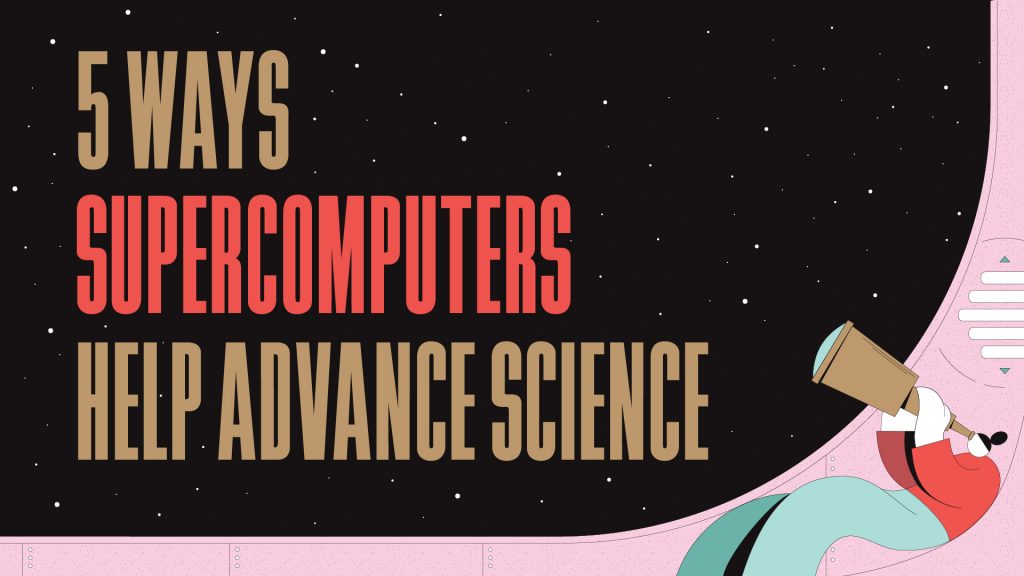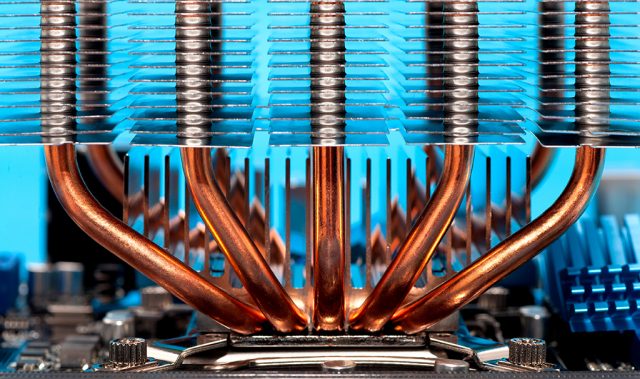
Recreating earthquakes

Earthquake prediction and simulation is an in exact science. But scientists hope to use supercomputers to address the myriad variables at play during geologic events, leading to better prediction and preparedness.
For example, by developing software to efficiently process 18.9 petaFLOPS of data on the Sunway TaihuLight supercomputer, Chinese researchers were able to recreate three-dimensional visualizations of a devastating earthquake that occurred in Tangshan, China in 1976.
The simulations incorporated data covering the entire spatial area of the quake—a sprawling zone measuring 320 kilometers by 312 kilometers and running 40 kilometers deep. Data was also drawn from quake frequencies of up to 18 hertz, which previous simulations of violent earthquakes could not achieve due to the enormous memory and time requirements needed for high frequency simulations.
The improved simulations, for which the team took home the 2017 Association for Computing Machinery Gordon Bell Prize, may inform new engineering standards for buildings in earthquake-prone zones.
This article was first published in the print version of Supercomputing Asia, January 2019.
Click here to subscribe to Asian Scientist Magazine in print.
———
Copyright: Asian Scientist Magazine; Photo: Lam Oi Keat.
Disclaimer: This article does not necessarily reflect the views of AsianScientist or its staff.












